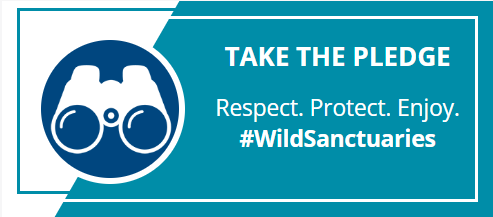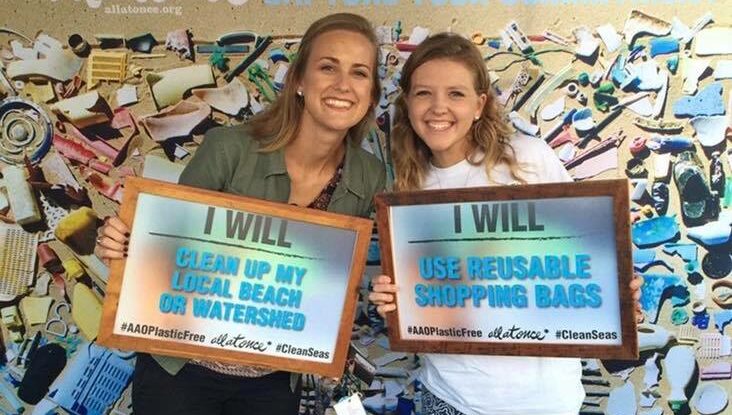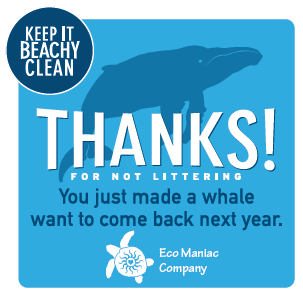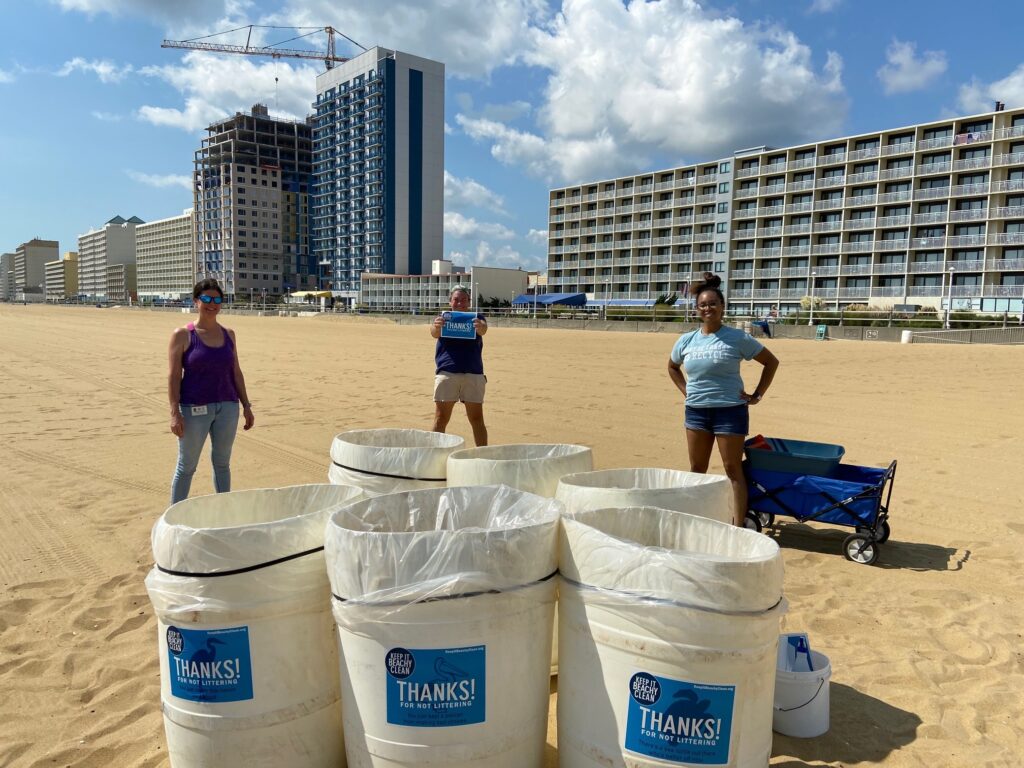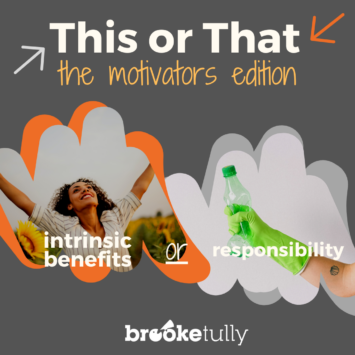
This or That: Intrinsic Benefits or Responsibility?
This or That: Intrinsic Benefits or Responsibility?
This or That: The Motivators Edition
In this series, we’re exploring why one motivator may work better than another to spark action in a specific behavior change scenario.
Missed the last one? Catch up here.
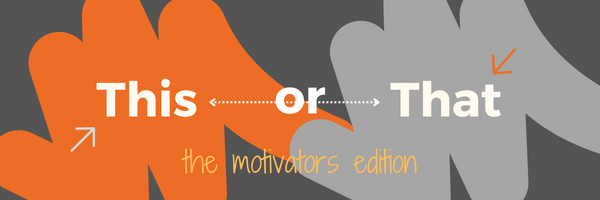
Scenario 1: Recycling fishing nets
The behavior change goal: We want fishers to proactively recycle their broken and old fishing nets, instead of tossing them into the ocean.
Conservation benefit: Discarded fishing nets made of plastic materials (also known as, “ghost nets”) are a large contributor to ocean pollution. Not only is the plastic material a pollutant, but the net structure also damages marine wildlife through entanglements and coral through breakage from “snags”.
Learn more about the challenges of marine debris here.
Target audience: Artisinal fishers who work in the port city of Tomé, Chile, and regularly use plastic-based fishing nets.
Fishing is a common profession in the region, although it is no longer the only livelihood option available, and is often passed down from generation to generation. Fishers spend a lot of time on the water and feel a strong connection to the ocean, the lifestyle, and the identity of being a fisher.
Deterrents: What can make the action of recycling fishing nets, instead of tossing them in the ocean, difficult for this audience to do?
» It’s inconvenient to do. Keeping a broken or useless net on the boat takes up space and transporting it to a place where it can get recycled requires additional time and effort out of a fisher’s day. In some cases, the locations for recycling nets are not close to the port or shore area.
» Status quo bias. For years, and even generations, fishers have simply tossed broken nets into the ocean. This is their current habit of managing nets they no longer want. Remembering to take a different action – and disrupting their status quo in the moment – can be difficult to do.
» It’s not clear how they benefit from doing the behavior. Leaving nets in the ocean is the quickest and easiest way to solve the problem of having a broken net, and it’s always been done that way. How does turning a broken net into a new product benefit the fisher? Why should fishers care if their net gets recycled or not? “This sounds like a YOU problem, not a ME problem.”
There are other possible deterrents for this scenario, but let’s stick to these three for the exercise.
Let’s meet our motivators:
How it works: These are psychological rewards for doing a behavior. This can be a feeling that they’re a good person, feeling they’re doing something smart, and/or increasing their own social standings.
How we could use it here: We could help the audience feel great about themselves for recycling their fishing nets and not contributing to ocean pollution.
How it works: Responsibility is when the audience feels a personal sense of duty and accountability for following through on the action or behavior. This can also be known as “stewardship”.
How we could use it here:
We could introduce a pledge about taking care of the fishery that would enhance the fishers’ feeling of stewardship towards the ocean.
Which would you choose to get fishers started on this journey of change: this or that???
Take note, I made that question a bit more specific than last time…and it’s not by accident.
I’m going with…responsibility!
The responsibility motivator helps the audience set an intention and get started on a behavior change journey.
In this scenario, our fisher audience already has an existing sense of responsibility and stewardship towards the ocean and fishery. Which is great!
This means we don’t need to spend time encouraging the audience to “care more” about the environment – they already care a lot!
Instead, we can recognize their powerful connection to the natural resource and form a new connection between the desired behavior and their sense of self. This can help overcome the inconvenience factor and the “what’s in it for me?” deterrent.
Pledges help establish a commitment and, if given publicly, increases one’s accountability for following through on that commitment. This opens the door for follow-ups and reminders about sticking to the desired behavior, which helps overcome their status quo bias.
Examples of pledges that can set an intention to take action.
However, when using the responsibility motivator, it’s important to focus on a sense of duty that is personally meaningful to the audience, and not just to us conservationists.
For example, I’ve seen signs for similar projects (recycling fishing lines instead of nets) that emphasize the fact that recycling saves wildlife, with pictures of birds complementing the message.
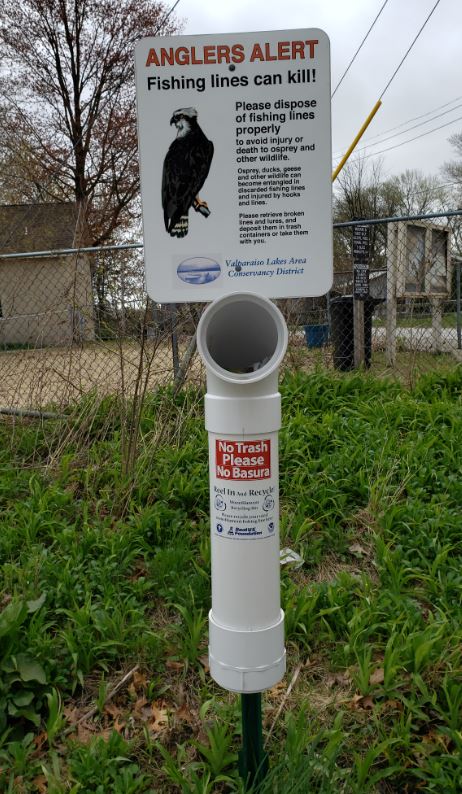
While this is a real reason to recycle fishing lines, it may not be the most motivating reason for the audience.
Instead, focus on what’s personally meaningful to them: the resources they rely upon and the things they’re most concerned about.
For our scenario here, we could produce a pledge focused on fishers being the best stewards of the ocean to benefit themselves, their jobs, and all those who depend on the work they do.
I don’t know, Brooke. Intrinsic benefits sounded like a good fit here.
You’re right!
Intrinsic benefits play an important role in this journey, just not necessarily at the start of the journey. Rather, this is a great motivator to include as a result of fishers actually bringing their broken nets to the recycling center.
You could give out a sticker that tells them they’re awesome for making the effort.
You could celebrate fishers you see doing the desired behavior directly or in a public forum (this provides social proof for those who haven’t started yet).
And you can celebrate all the fishers contributing to the goal by showing how many tons of pollution they’ve kept away from fish.
Both are great motivators for this larger behavior change goal, yet should come into play at different steps of the journey.
This scenario was inspired by a story I read in a recent Patagonia magazine, written by a fisher in Tomé, Chile who was part of a net recycling project. It’s refreshing to read a story coming directly from a member of the target audience.
Yet the details of which motivator to use come from real worksheets created by previous Making Moves course members working on similar projects.
In fact, all the scenarios in this series have been tackled by course participants who navigated the nuances of which motivator is going to work best for their audience and when it should appear in the journey.
If this sounds like something you’d like to learn how to do, then consider joining the next cohort.



